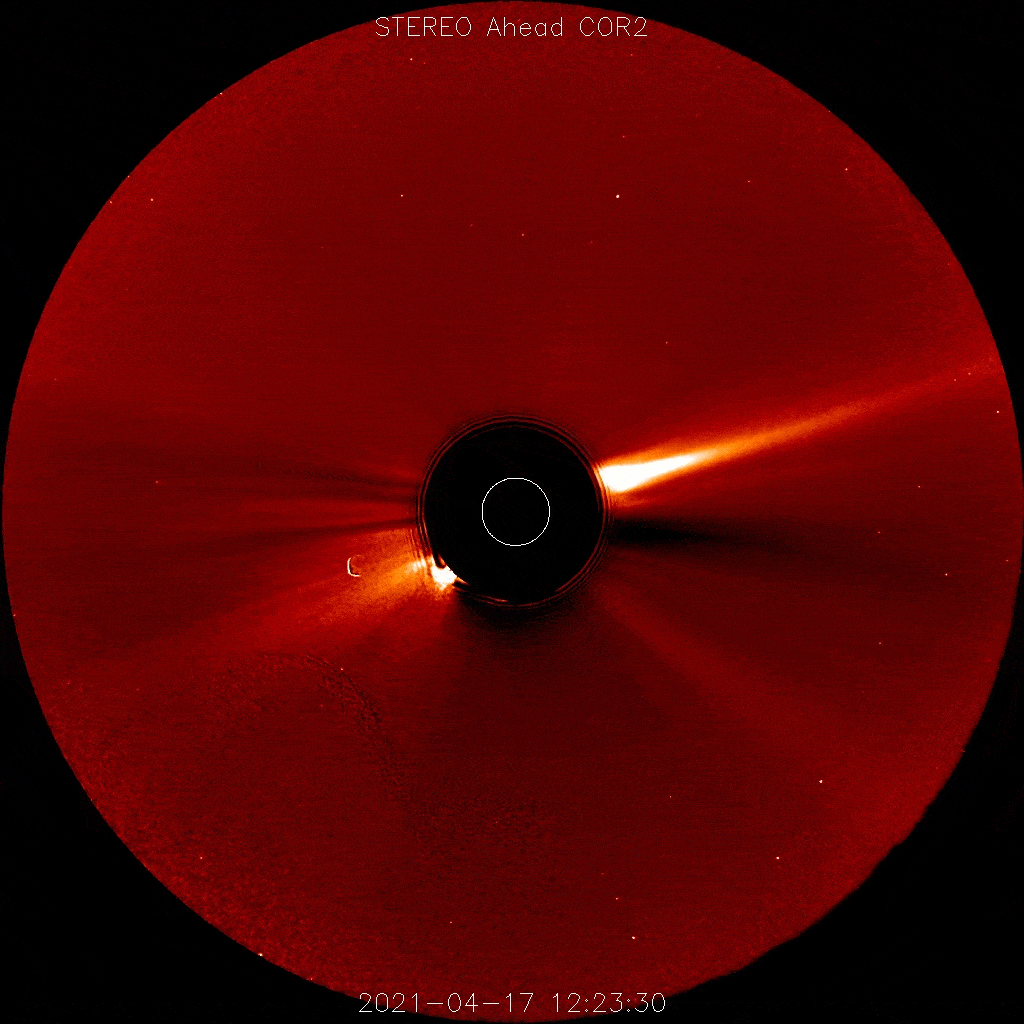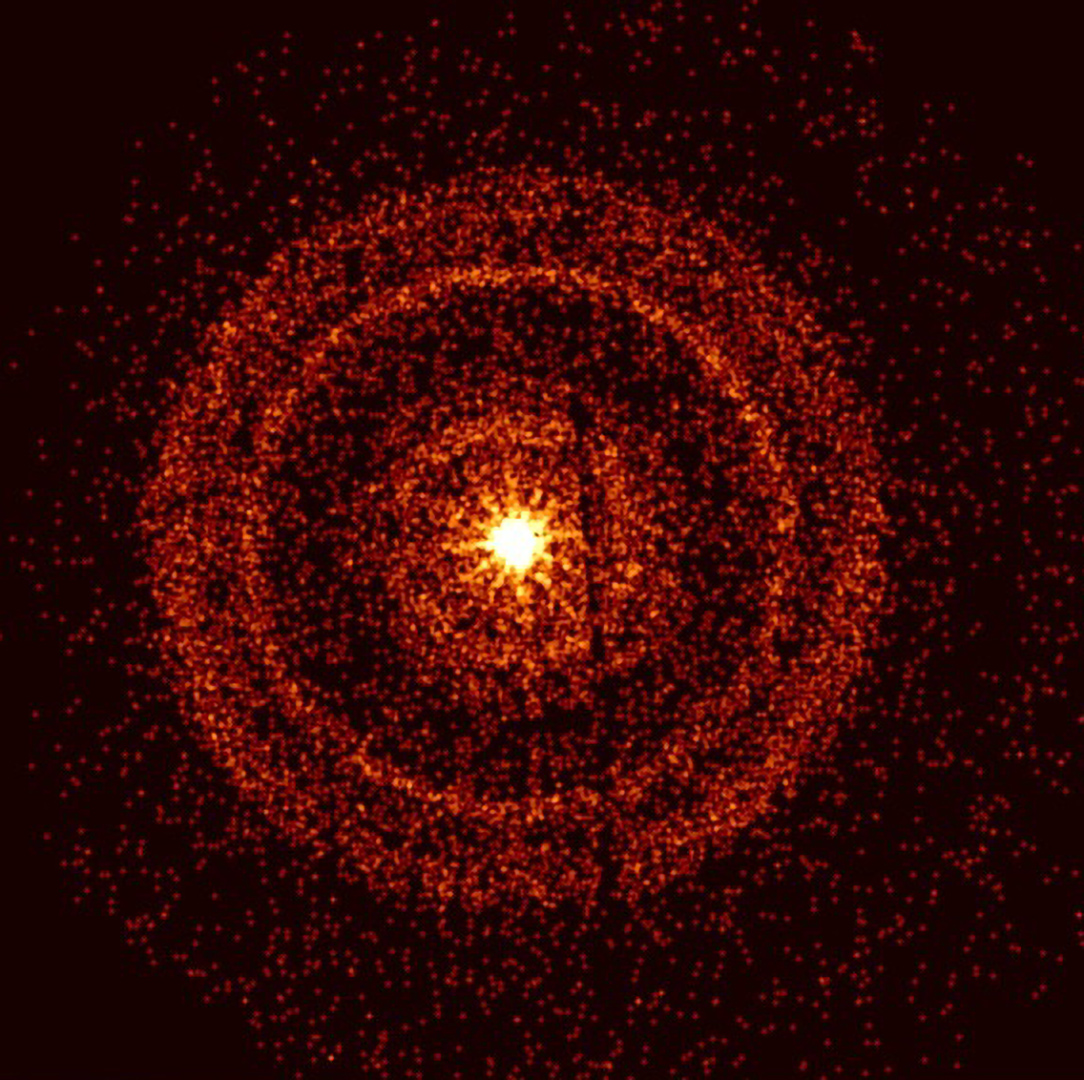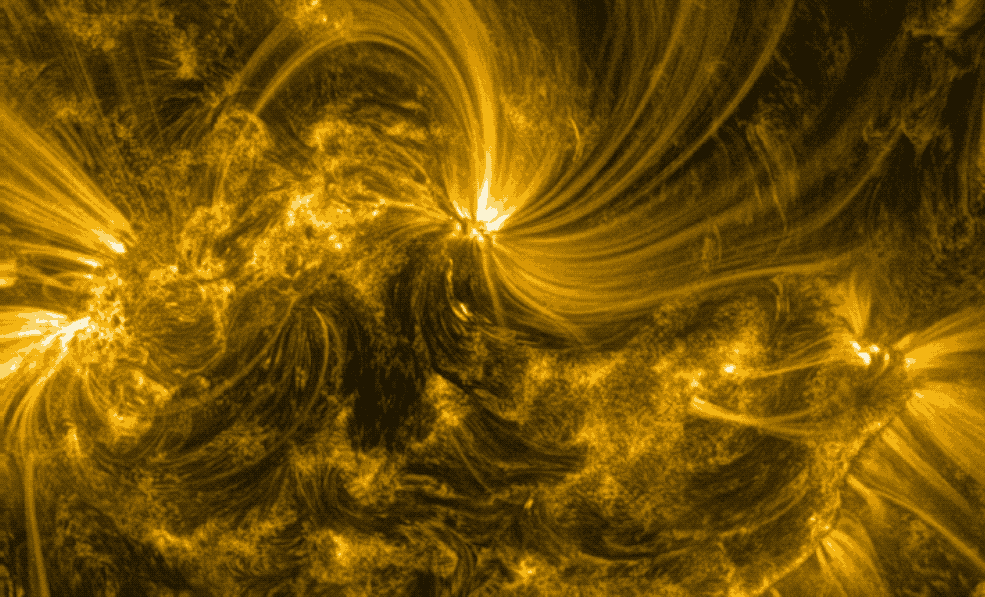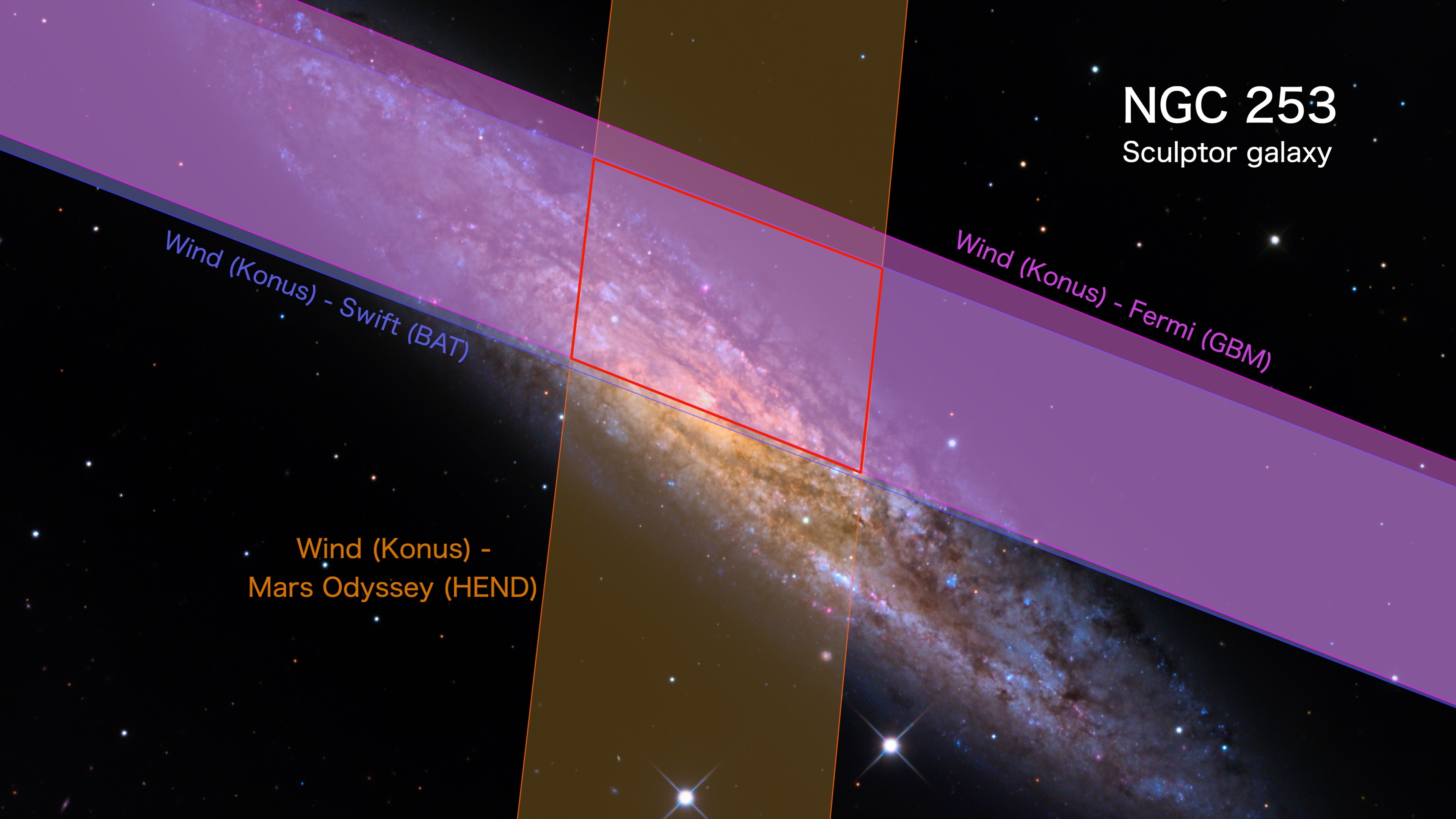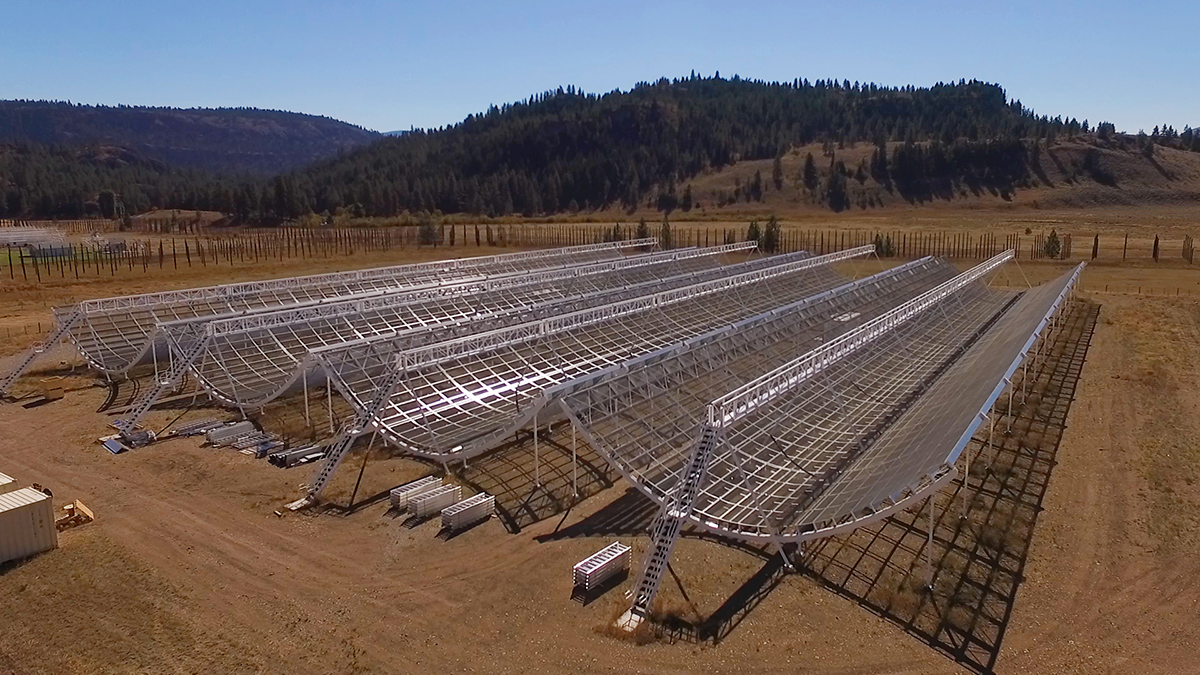Wind
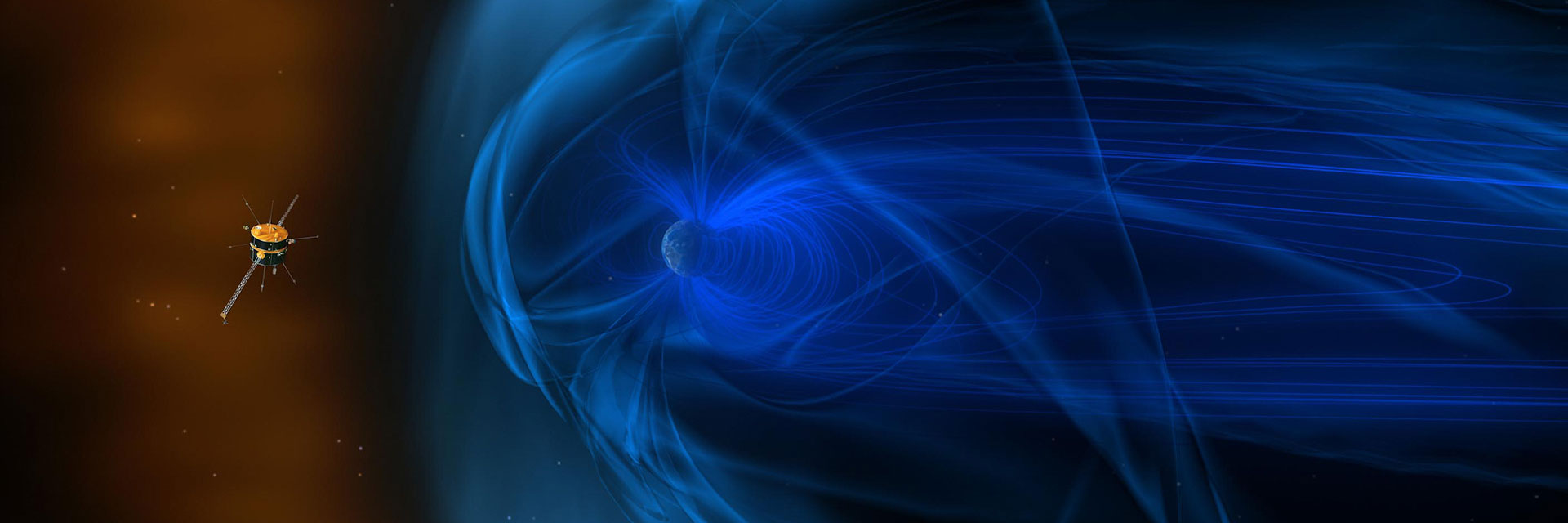
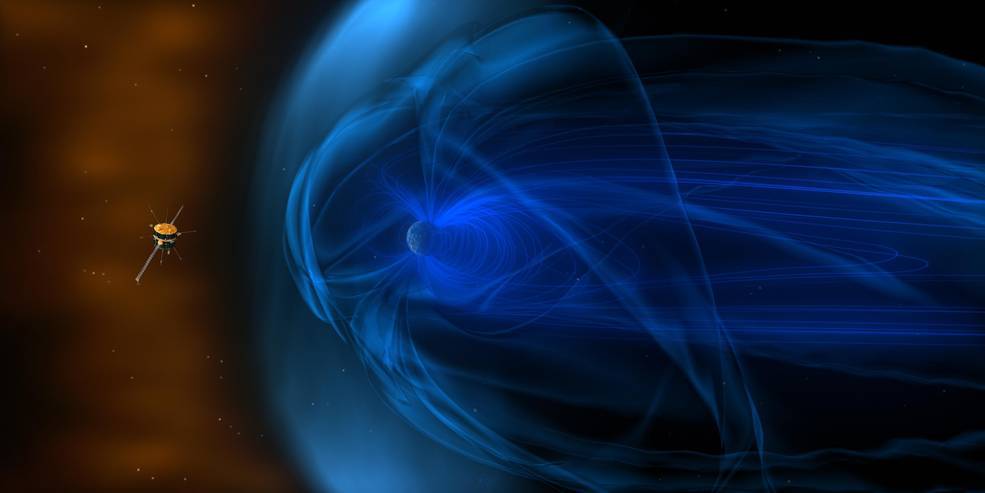
What is Wind?
NASA's Wind is a spin-stabilized spacecraft launched November 1, 1994, and placed in a halo orbit around the Sun-Earth L1 Lagrange point. The spacecraft observes the solar wind that is about to impact the magnetosphere of Earth.
Nation | United States of America (USA) |
Objective(s) | Sun-Earth L1 Lagrange Point |
Spacecraft | Wind |
Spacecraft Mass | 2,760 pounds (1,250 kilograms) |
Mission Design and Management | NASA / GSFC |
Launch Vehicle | Delta 7925-10 (no. D227) |
Launch Date and Time | Nov. 1, 1994 / 09:31:00 UT |
Launch Site | Cape Canaveral, Fla. / Launch Complex 17B |
Scientific Instruments | 1. Radio and Plasma Wave Experiment (WAVES) 2. Energetic Particle Acceleration, Composition, and Transport Experiment (EPACT) 3. Solar Wind and Suprathermal Ion Composition Experiment (SMS) -solar wind ion composition spectrometer (SWICS) -high mass resolution spectrometer (MASS) -suprathermal ion composition spectrometer (STICS) 4. Solar Wind Experiment (SWE) 5. Two Triaxial Fluxgate Magnetometers (MFI magnetic field investigation) 6. Three-Dimensional Plasma and Energetic Particle Investigation (3DP) 7. Transient Gamma Ray Spectrometer (TGRS) 8. Konus Gamma Ray Burst Studies Experiment |
Key Dates
Nov. 1, 1994: Launch
Dec. 27, 1994: Wind made its closest flyby of the Moon
November 1996: Wind was placed in a halo orbit around the Sun-Earth L1 Lagrange point
In Depth: Wind
Wind was part of the International Solar Terrestrial Physics (ISTP) program, a joint project between the United States, Japan and the European Space Agency to study the behavior of the solar-terrestrial system. Other countries including Russia, the Czech Republic and France made significant contributions.
Participating spacecraft included Geotail, Wind, Polar, SOHO and Cluster. The first of two NASA-sponsored Global Geospace Science (CGS) vehicles, the Wind spacecraft carried eight instruments (including the French WAVES and the Russian Konus) to investigate the solar wind’s encounters with Earth’s magnetosphere and ionosphere in order to determine the origins and three-dimensional characteristics of the solar wind.
The spacecraft’s original mission was to directly move to the L1 Lagrange point but because the SOHO and ACE spacecraft were directed to that location, the WIND mission was reformulated to operate in a unique figure-eight-shaped elliptical orbit around Earth at about 17,400 × 994,000 miles (28,000 × 1.6 million kilometers), partially maintained by periodic “double flybys” of the Moon.
In this orbit, Wind was positioned to make use of lunar gravity assists to maintain its apogee over the day hemisphere of Earth and to conduct magnetospheric observations. The closest of the 19 lunar flybys between Dec. 1, 1994, and Nov. 17, 1998, took place Dec. 27, 1994, at a range of about 7,350 miles (11,834 kilometers).
Finally, by November 1996, Wind was in a “halo orbit” around the Sun-Earth L1 libration point where solar and terrestrial gravity are approximately equal. Parameters varied between 235 and 265 Earth radii. In this orbit, Wind measured the incoming solar wind, and magnetic fields and particles on a continuous basis, providing about an hour warning to the other ISTP-related spacecraft on changes in the solar wind.
On Nov. 17, 1998, Wind began to move into a series of “petal” orbits, designed to take it out of the ecliptic plane. Wind’s trips above and below the ecliptic (up to 60 degrees) allowed the spacecraft to sample regions of interplanetary space and the magnetosphere that had not been previously studied.
By 2004, it was back at L1 where it has remained. The original projected lifetime of the vehicle was anticipated to be three to five years, but Wind continued to be largely operational in 2017, 22 years after its launch. One instrument, the TGRS gamma-ray spectrometer has been turned off, and a couple of detectors on the EPACT instrument, are nonfunctional.
Current projections suggest Wind will have enough fuel to remain at L1 for at least another 60 years. Despite the formal conclusion of the ISTP in December 2001, Wind continues to play a supporting role for a variety of other spacecraft supporting solar research, including Polar, Cluster, Geotail, Image, SOHO, and ACE.
Additional Resources
Key Source
Siddiqi, Asif A. Beyond Earth: A Chronicle of Deep Space Exploration, 1958-2016. NASA History Program Office, 2018.

